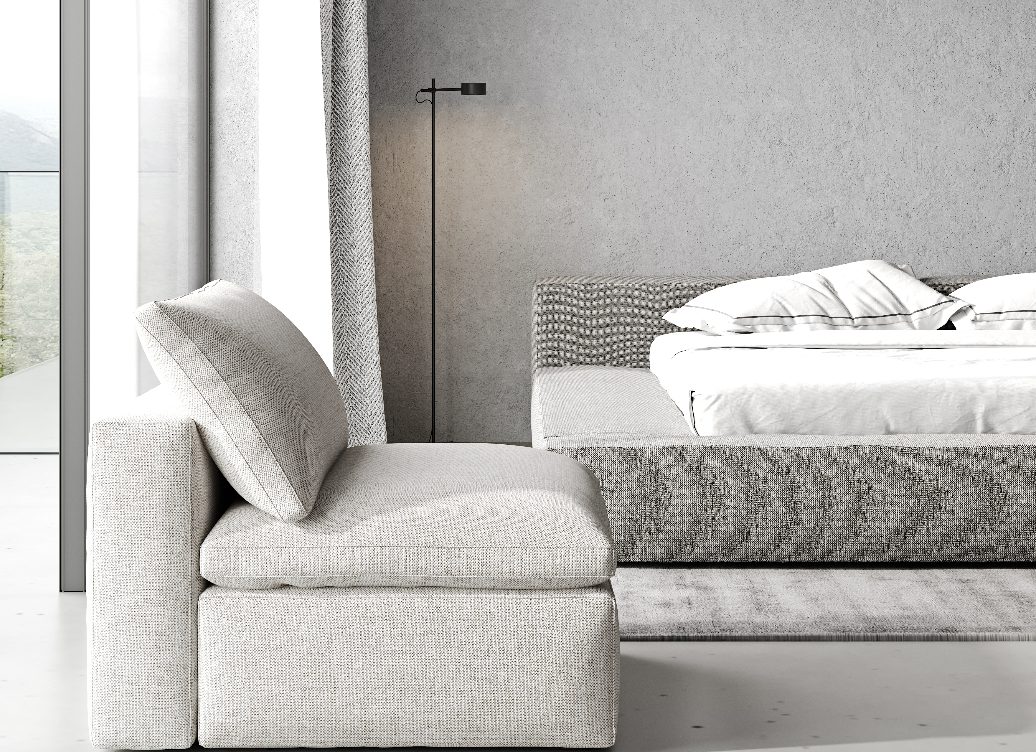Which interior design style is currently the most popular among clients?
In general, the most popular interior design style nowadays is Modern. However, it’s not set in stone because each client has unique preferences. It depends on their specific needs and can involve a mix of various styles. The key is to create a design that suits both the client’s requirements and the space effectively.
What is the least expensive and most expensive style of home design?
Khomkamol suggests that if you’re aiming for an affordable design, you should consider a functional approach. Use basic, cost-effective materials, avoid intricate patterns, and opt for simple color schemes. On the other hand, if you’re looking for an expensive style, Luxury designs tend to be the priciest. They often involve high-end materials like glass and custom-made elements, which drive up the overall cost. The company selects materials based on both budget-friendly and high-end options to cater to various client preferences.
If a client doesn’t have a specific style in mind, and they want a cost-effective and decent design, what style would you recommend?
For an affordable and decent design without a specific style preference, consider a Minimalist or Contemporary style. These styles often emphasize clean lines, simplicity, and functionality, making them cost-effective choices. They typically feature neutral color palettes and straightforward designs that can suit a wide range of preferences.
Are wooden designs generally more expensive in interior design projects? How does the choice of wood affect the cost?
Wooden designs can vary in cost depending on the type of wood used. In general, designs using hardwoods or exotic woods tend to be more expensive due to the higher cost of materials. However, if you opt for commonly used woods, the cost can be moderate. The choice of wood can significantly impact the overall budget, and it’s important to consider the client’s preferences and budget constraints when selecting wood for a project.
What type of flooring is both safe and visually appealing for use in bathrooms?
For safe and visually appealing bathroom flooring, it’s recommended to use non-slip materials. Ceramic or porcelain tiles with textured surfaces or matte finishes are excellent choices. They provide both safety by reducing slipperiness and an attractive appearance. It’s important to select materials that can withstand moisture and are easy to clean, ensuring a functional and aesthetically pleasing bathroom floor.
In interior designs that prominently feature glass, does the thickness of the glass affect the cost, and how thick should glass be for safety reasons?
Generally, when exterior glass is involved, it needs to be thicker for safety reasons. The thickness of the glass depends on the height of the building and the size of the glass panels. For residential projects, exterior glass can range from 8 to 12 millimeters in thickness. Thicker glass provides better durability and safety, especially for larger panels. It’s important to choose glass thickness based on the specific requirements of the project to ensure safety and functionality.
What type of flooring should be avoided for homes with pets, and what’s the ideal flooring for easy maintenance and pet-friendliness?
For homes with pets, it’s advisable to avoid hardwood flooring as it can be easily scratched and damaged by pet claws. A more pet-friendly flooring option is laminate flooring with a wood-look finish. Laminate flooring is durable, scratch-resistant, and easy to clean, making it ideal for households with pets. Additionally, it provides a similar aesthetic to hardwood flooring without the associated drawbacks.
Is it more budget-friendly to use prefab materials for interior design or to have custom-made elements?
The budget-friendliness of using prefab materials versus custom-made elements depends on the specific project and the client’s preferences. Prefab materials are typically more cost-effective and readily available, making them a suitable choice for budget-conscious projects. On the other hand, custom-made elements can be pricier but offer the advantage of tailored design and unique craftsmanship. The choice between prefab and custom-made elements should align with the project’s budget and design goals.
How should homeowners choose between using interior designers and doing DIY interior design work?
The choice between hiring an interior designer and doing DIY work depends on several factors, including the homeowner’s design expertise, budget, and the complexity of the project. If a homeowner has limited design knowledge or prefers professional guidance, hiring an interior designer is a wise choice. They can provide expert advice, optimize the use of space, and create a cohesive design. DIY projects are suitable for those with design skills and the time to dedicate to the project, often on a smaller budget. It’s important to assess individual needs and resources before making a decision.













